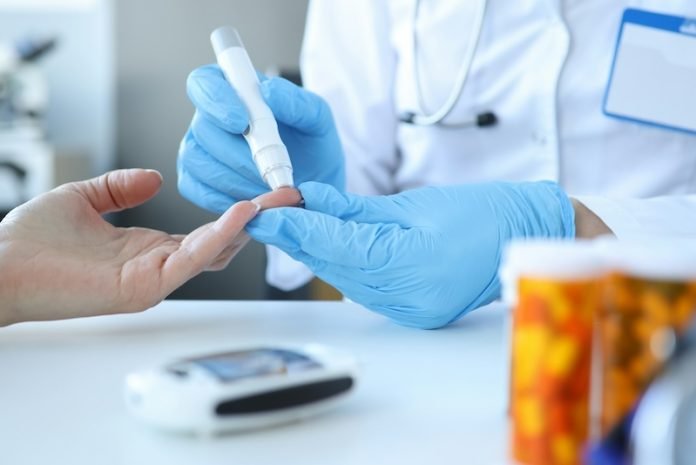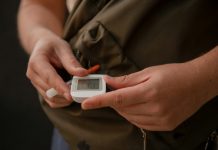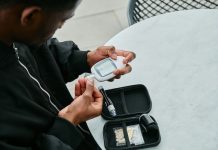
Type 2 diabetes is a health condition that affects how your body turns food into energy. It’s a common issue, but the good news is, if caught early, you can manage it and prevent or delay complications.
This review will share nine early warning signs and symptoms of type 2 diabetes, backed by research.
Diabetes occurs when there’s too much sugar, or glucose, in your blood. This happens because the insulin, a hormone that helps glucose get into your cells to be used for energy, isn’t working as it should.
In type 2 diabetes, your body either doesn’t make enough insulin or can’t use it effectively. Over time, high blood sugar can lead to problems with your heart, nerves, eyes, and more.
Many people with type 2 diabetes don’t realize they have it until they’re tested for another reason. This is because the symptoms can be subtle and easy to miss.
Recognizing the early warning signs is key to getting help and starting to manage the condition. Here are nine symptoms to be aware of:
Increased Thirst and Frequent Urination: Excess sugar building up in your bloodstream causes fluid to be pulled from the tissues. This leaves you thirsty. As you drink more fluids to quench your thirst, you’ll urinate even more.
Feeling Hungry All the Time: Even after you eat, you may still feel very hungry. That’s because your body isn’t using the glucose from your food for energy as efficiently as it should.
Unexplained Weight Loss: Losing weight without trying might sound like a dream, but it can be a warning sign of diabetes. Because your body isn’t getting energy from your food, it starts burning muscle and fat for energy instead.
Fatigue: Feeling more tired than usual can happen because your body’s cells aren’t getting the sugar they need for energy.
Blurred Vision: High levels of blood sugar can damage the blood vessels of the retina (the back part of the eye), potentially leading to blurred vision. This can be temporary or signal the start of diabetes-related eye problems.
Slow-Healing Sores or Frequent Infections: High blood sugar can affect your body’s ability to heal and fight infections, especially in your gums, skin, vaginal area, or urinary tract.
Areas of Darkened Skin: Some people with type 2 diabetes have patches of dark, velvety skin in the folds and creases of their bodies — usually in the neck or armpits. This condition, called acanthosis nigricans, may be a sign of insulin resistance.
Tingling, Numbness, or Pain in Hands or Feet: High blood sugar can affect blood circulation and damage the body’s nerves, leading to discomfort or a sensation of tingling or numbness in your hands and feet.
Irritability or Other Mood Changes: Changes in blood sugar levels can affect your mood and make you feel more irritable or depressed than usual.
Recognizing these early signs of type 2 diabetes is not just about spotting the problem; it’s about taking action. If you notice any of these symptoms, seeing a doctor for a blood sugar test is crucial.
Early diagnosis and treatment can help you manage your blood sugar levels and prevent or delay other health issues.
Eating a balanced diet, maintaining a healthy weight, exercising regularly, and monitoring your blood sugar levels can make a big difference in managing type 2 diabetes.
Remember, early detection and lifestyle changes can significantly impact your health and quality of life. If you’re experiencing any of these symptoms, don’t wait—talk to your healthcare provider.
If you care about diabetes, please read studies about Vitamin D and type 2 diabetes, and what you need to know about avocado and type 2 diabetes.
For more information about diabetes, please see recent studies about how to eat to prevent type 2 diabetes, and 5 vitamins that may prevent complication in diabetes.
Copyright © 2024 Knowridge Science Report. All rights reserved.



